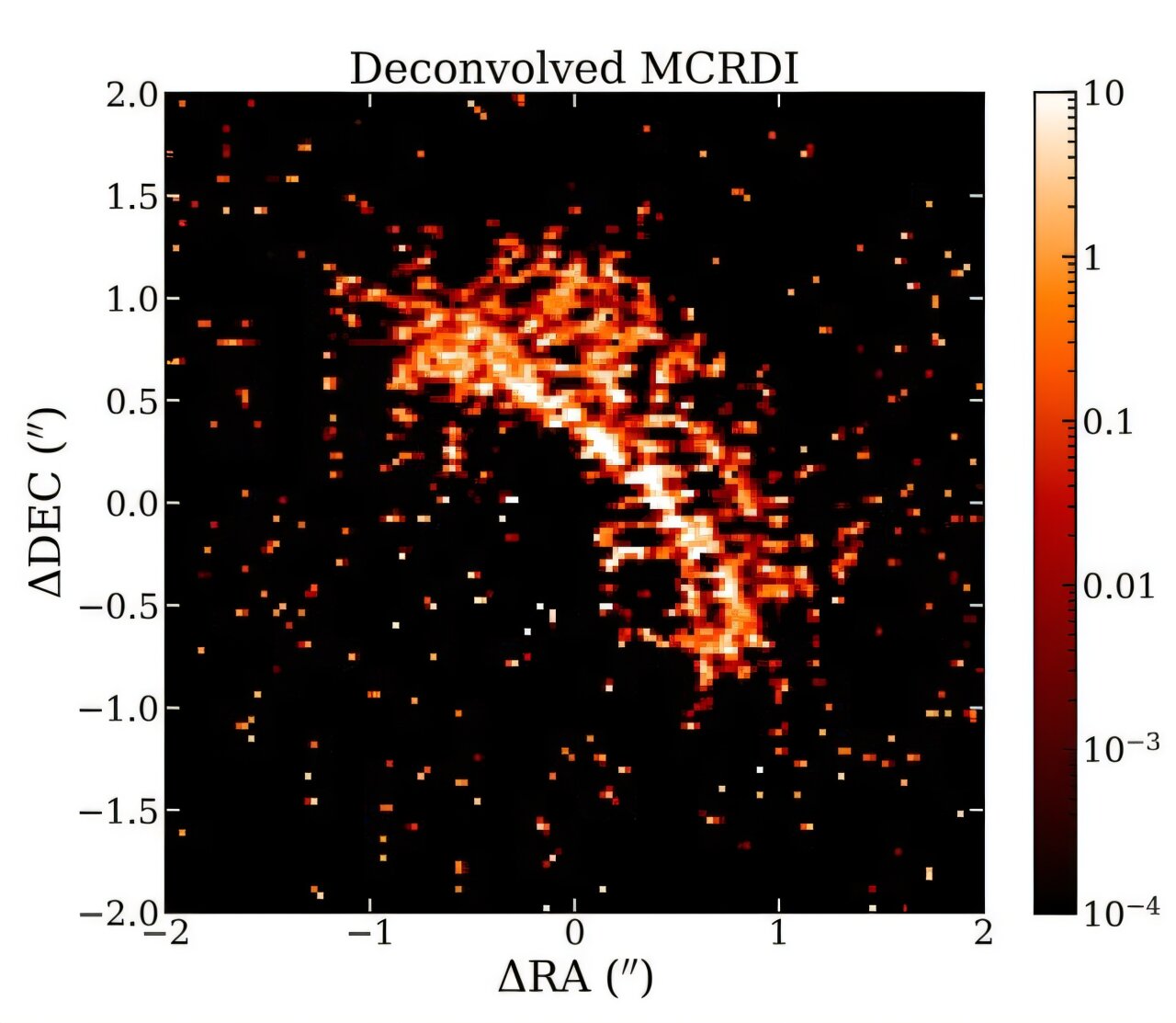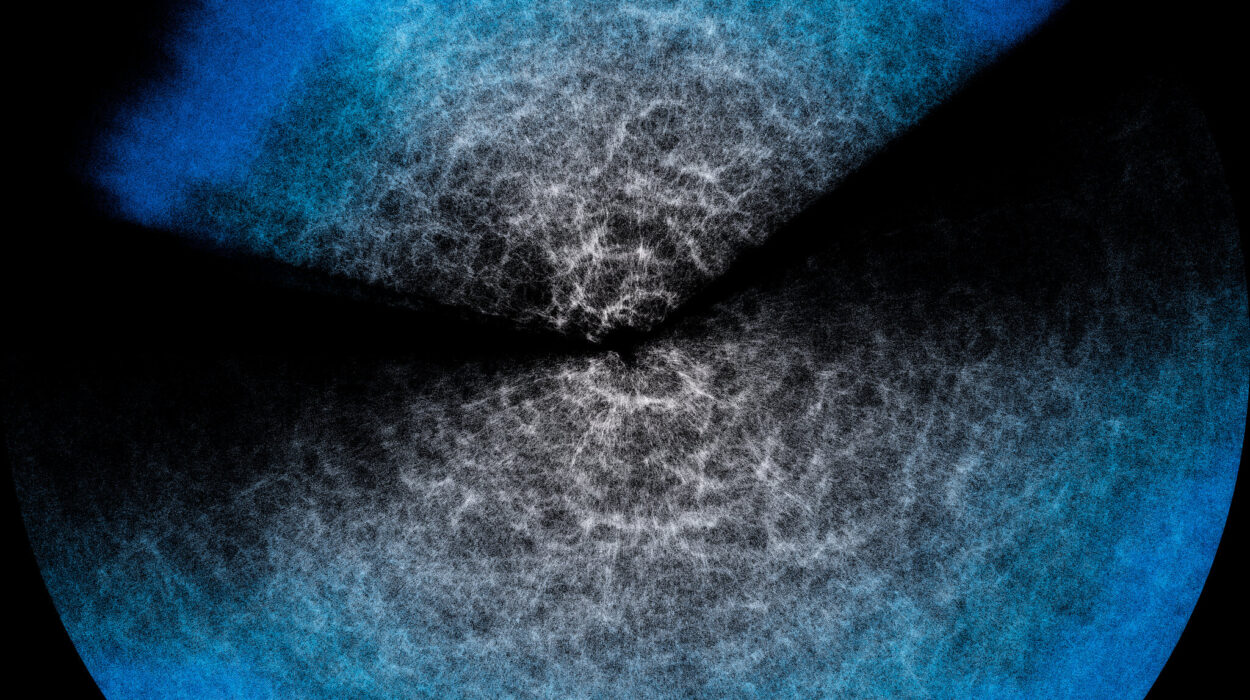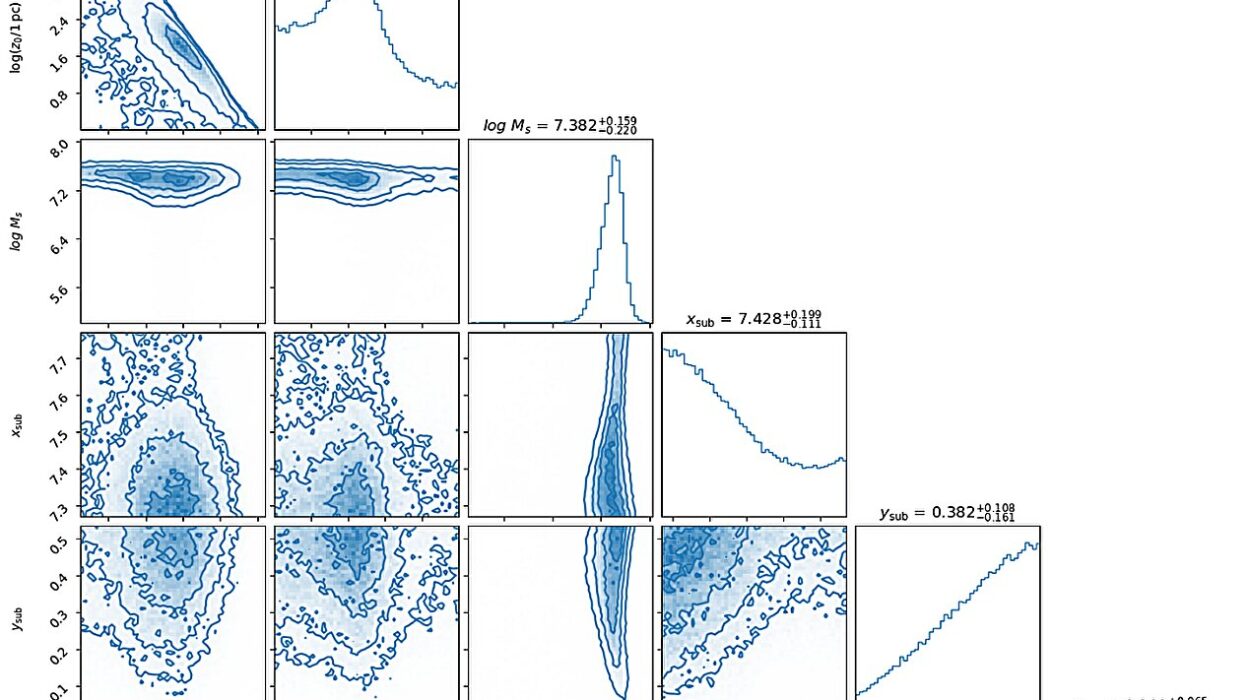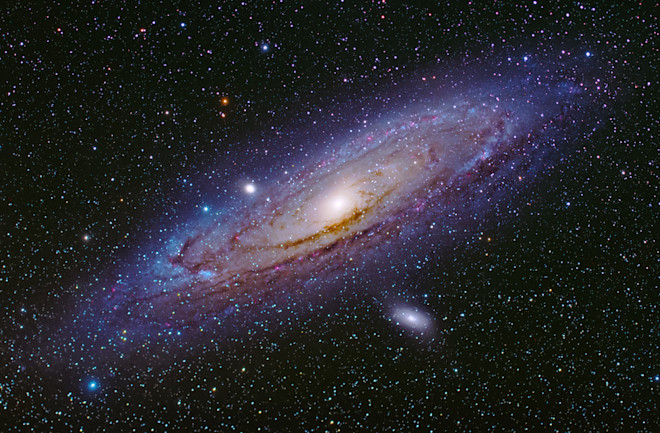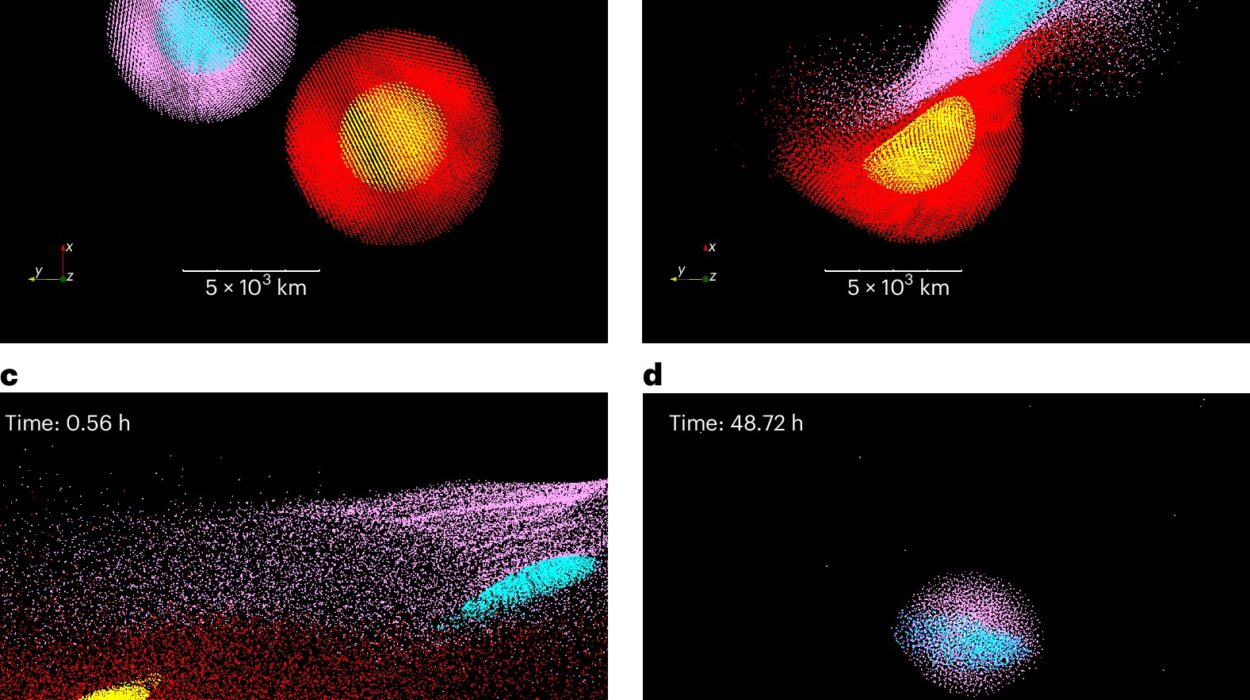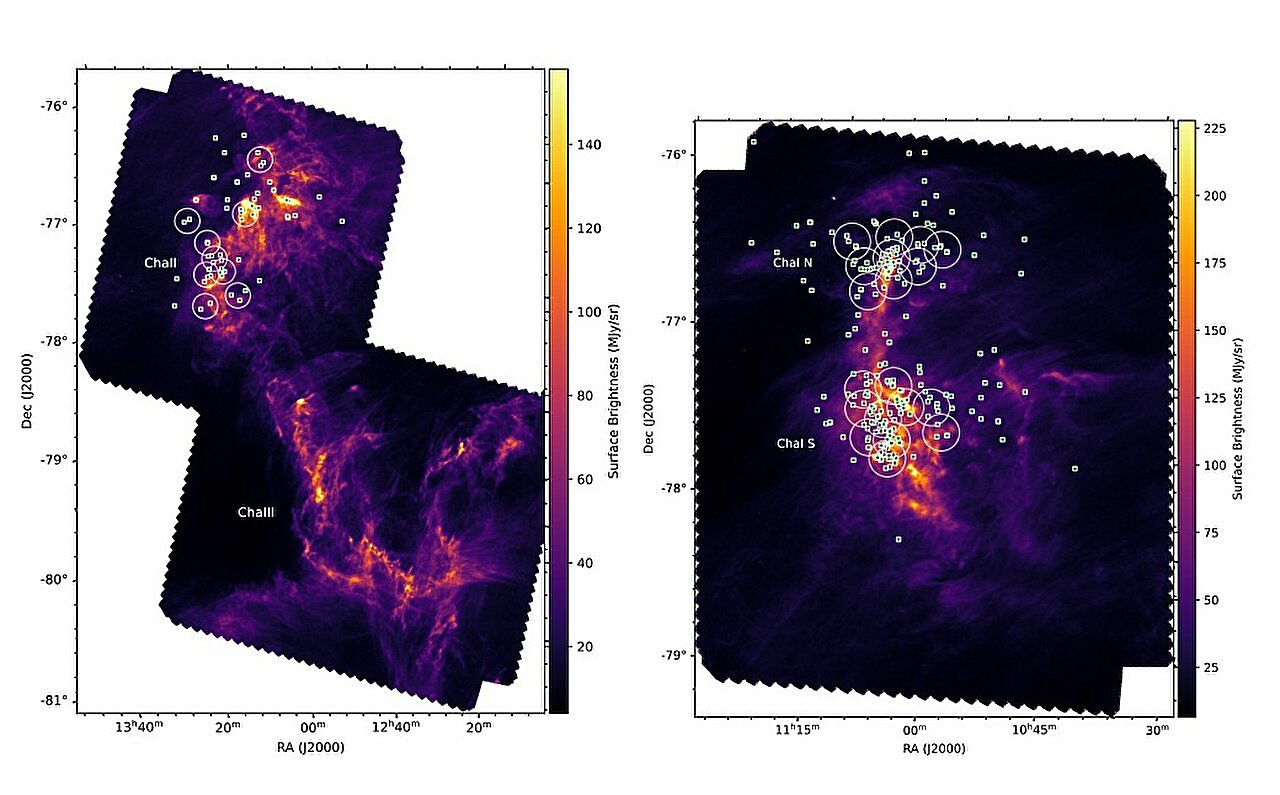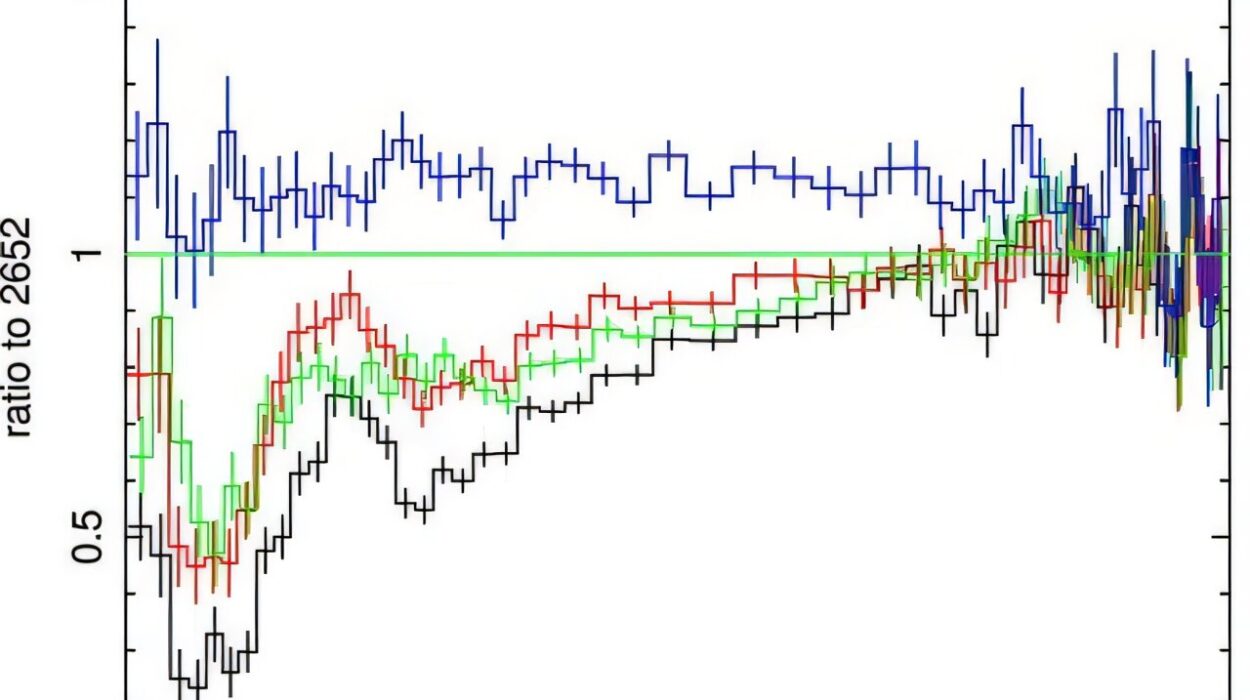Not every discovery in astronomy is a new world or a blazing star. Some of the most revealing findings are more subtle — dusty relics, scattered rock, the leftover shards from the making of planets. That is exactly what an international team of astronomers uncovered with the James Webb Space Telescope (JWST): a wide, ghostly debris disk encircling a small, dim M-dwarf star known as TWA 20. The detection adds a rare and important piece to the puzzle of how planetary systems like ours emerge from disks of rubble.
The Young Star and Its Halo of Wreckage
TWA 20 is not a spectacular star by ordinary measures. It is faint, red, cool, and roughly 261 light-years from Earth — the sort of object that would never be noticed by the naked eye. Yet its youth makes it scientifically precious. At just about 10 million years old, it sits at the age when planets are still forming or recently formed, and when the violent collisions that build them leave trails of dust and rock behind.
Using JWST’s powerful NIRCam instrument and a coronagraph to block the glare of the star, astronomers were able to image the material around TWA 20 directly. What emerged was a sharply defined debris disk — a huge ring of shattered objects and fine dust reflecting faint starlight.
The disk stretches out to roughly 64.7 astronomical units, more than twice the distance between the Sun and Pluto in our own solar system. Like a tilted record, it is inclined at 70 degrees, making its shape and orientation readable in Webb’s images. Its brightness — faint in absolute terms but unmistakable to Webb — confirms that this is not just a cloud of gas, but processed material: the remains of collisions, impacts, and broken bodies.
A Rare Kind of Detection
Debris disks around M-dwarf stars are notoriously difficult to detect. Small stars emit little light and their disks are cold, giving off only a weak signature. That is why the discovery of the TWA 20 disk matters beyond its own specifics. It is only the sixth debris disk around an M dwarf ever resolved in scattered light, and among those, one of only two with no measurable infrared excess — meaning it hides almost perfectly in starlight, detectable only with extreme sensitivity.
It is also unusually large for this class of star. Among known M-dwarf disks, it ranks as the third largest, while TWA 20 itself is among the faintest stars ever found to host such a resolved ring. To see a structure of such scale and definition around a star so dim underscores the new observational frontier JWST has opened.
No Planetary Companion in Sight — For Now
The team also searched the environment for exoplanets that could be shaping the disk. Large planets often act like sculptors, carving gaps or stirring debris through gravity. But analysis shows no companion objects in the system within Webb’s detection range. The data strongly constrain the possibility of any Jupiter-mass body beyond about 48 AU from the star.
That does not mean the system is planet-free. Terrestrial-size or Neptune-size planets could still be present, too faint for detection. But at least one expected kind of gravitational sculptor — a giant planet far from the star — appears absent.
Why Debris Disks Matter
To see a debris disk is to see planetary evolution in motion. These structures record the early stages of world-building — the grinding collisions that generate the seeds of planets and the violent cleanup that follows formation. Their composition teaches us what raw materials are available in other systems. Their geometry hints at unseen planets. Their existence, around stars small and faint, broadens our picture of where complex planetary systems can arise.
The TWA 20 discovery is also a technological triumph. The authors emphasize that Webb’s sensitivity is not merely opening a new window but revealing targets long invisible to previous generations of telescopes. With each detection like this, the catalogue of planetary environments expands, especially around the cool, dim stars that make up the majority of our galaxy.
A Telescope Built to See What Was Once Invisible
Before JWST, many such systems were guesses — suspected from indirect signatures but never seen. Now, the faintest disks around the faintest stars are coming into view. The detection around TWA 20 is not a spectacular fireworks event; it is something deeper: quiet evidence that the raw wreckage of planetary architecture is everywhere, even circling modest red stars that blaze too little to betray their secret worlds.
In that ring of debris is a narrative written in dust: that the birth of planets is not rare, that worlds are assembled violently and slowly, and that our solar system may be only one of countless others built from the ruins of earlier collisions. Webb’s image of TWA 20’s disk is not just a picture of rubble — it is a glimpse into cosmic adolescence, when stars raise planets and systems stamp their permanent scars into stone and ice.
More information: Skyler Palatnick et al, Discovery of a Debris Disk Around TWA 20, arXiv (2025). DOI: 10.48550/arxiv.2510.20216
